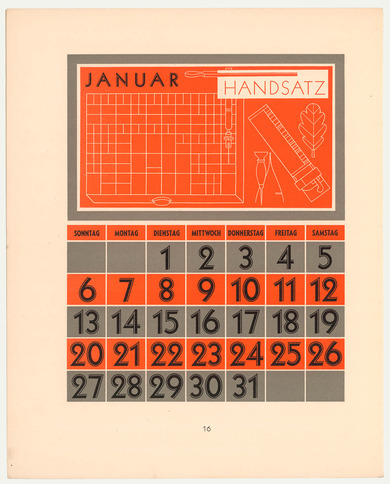Zeppelin
Zeppelin
In the late 1920s, typographer and calligrapher Rudolf Koch surprisingly developed a sans-serif made of geometric shapes for the Klingspor Type Foundry in Offenbach. As a master of blackletter typefaces, he had previously strictly refused to design sans-serifs. He explained his change of heart in a letter as follows: “The idea of creating a typeface with a compass and ruler was highly attractive to me, for while my intimate contribution to the type form has otherwise always led to very personal formulations, I hope in this case to be free of myself for once.”
In light of the result, he was compelled to confess that he “did not succeed in that aim here either”: In the interplay between a dark body, light line and circular form, he achieved a unique, dynamic linear typeface that was released in 1927 under the name Kabel. Two years later Koch augmented his creation with a more elaborate variation named Zeppelin.

